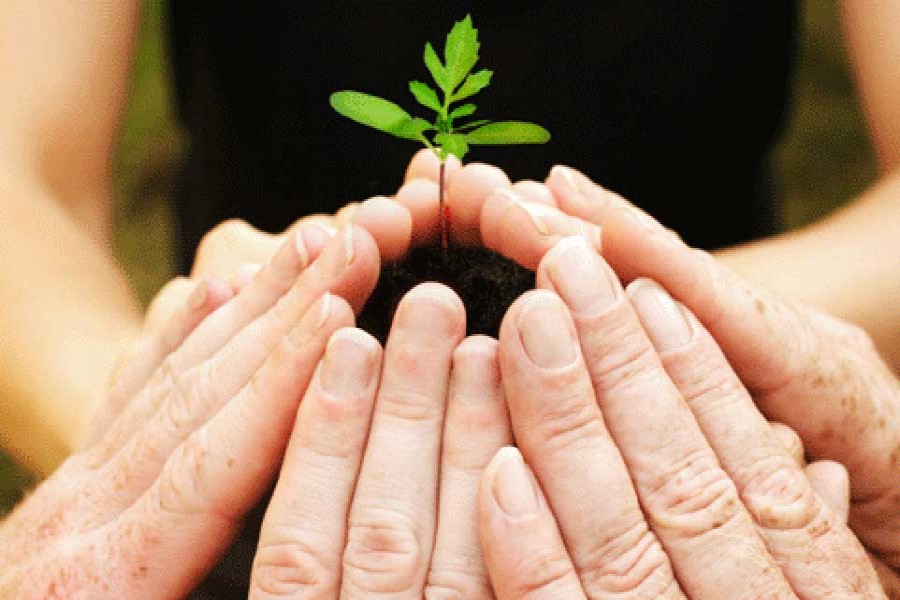The Bangladesh Bureau of Statistics (BBS), by using the cost of basic needs (CBN) method, disclosed this week that the country's poverty situation improved further between 2016 and 2018. But such improvement occurred at a slower pace among the extreme poor.
The BBS report of the Household Income and Expenditure Survey (HIES) estimated that the poverty rate among households belonging to upper 'poverty line' dropped to 21.8 per cent in 2018, down by 2.5 percentage point from 2016. On the other hand, the poverty rate, among those in lower poverty line, dropped to 11.3 per cent in 2018, down by 1.6 percentage point from 2016.
Yet the fact remains, 20 million Bangladeshis still live in conditions considered to be ultra poor. Living on less than Tk 43 per day can immensely be difficult, and for some, it can create a trap almost impossible to escape.
In Bangladesh, the ultra poor generally do not own land and are caught in the low-wage activities as day labourers. They are on the brink of subsistence. And when one is struggling just to maintain his level of subsistence today, he does not have the luxury of worrying too much about-or saving for-tomorrow.
The government has recently committed itself to pulling six million more people out of extreme poverty by 2020. Similarly, one of the United Nations' development targets for the year 2030, the Sustainable Development Goals (SDGs), is to eradicate extreme poverty entirely. Either goal will take a lot of work. Now the question remains, how can we fight extreme poverty in the most effective way?
Analysts say the government should change the poverty estimation method considering the current global and domestic socio-economic scenarios. What is needed is that the country's national poverty-line income should be changing over time as standard of living improves.
Although many people are now out of poverty, they might slip into "poverty trap" again for various possible shocks and other factors. The level of inequality was low in the post-independence period, but it is higher now. Overtime inequality has become wider and poverty has declined.
Bangladesh has a lot of social safety-net programmes but most of them are overlapping, thus increasing the service delivery cost. In fact, extreme poor families cannot easily be reached through generic policy and operational packages. They require much more precise support, calibrated to their particular circumstances and needs.
There are many reasons behind the uncontrolled poverty rate. One of the reasons is the top-down approach of the economy. The main purpose of this approach is: when economic growth increases at the centre or core, it leads to economic growth on the periphery, as a trickle-down-effect.
In reality, trickle-down-effect does not work in the long run and it is also a problem of ensuring equitable income, individual development or inclusive growth. It also raises large income gap between owners of industrial enterprises and their employees and workers.
Urban-centric development project is another reason for increasing poverty in Bangladesh. At least 80 per cent people of the total population lives in rural areas. Due to lack of job opportunities or industries, unemployment is high in rural areas. Poverty rate is the highest in rural areas, at 36 per cent, compared with 28 per cent in urban areas. Poor people cannot fill-up basic needs of their families. Many people do not have adequate diet and suffer from periods of food shortage.
Inclusive development can ensure standard of living and economic sustainability of every single individual in the country. Economic growth is not sufficient for reducing poverty.
The government and policy makers have to give more priority to inclusive development rather than economic growth alone. Inclusive growth is the first and the most important stage for sustainable development.


